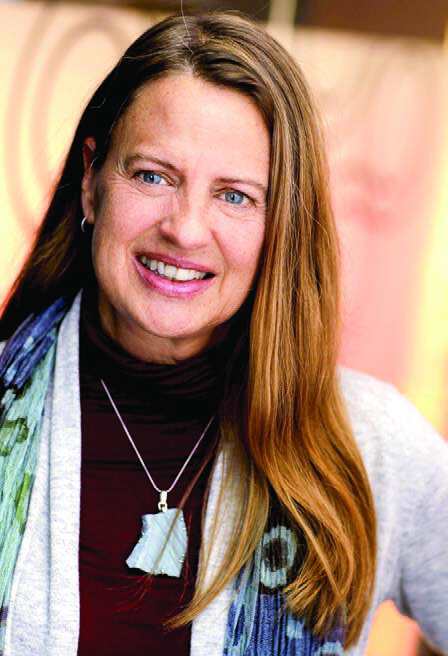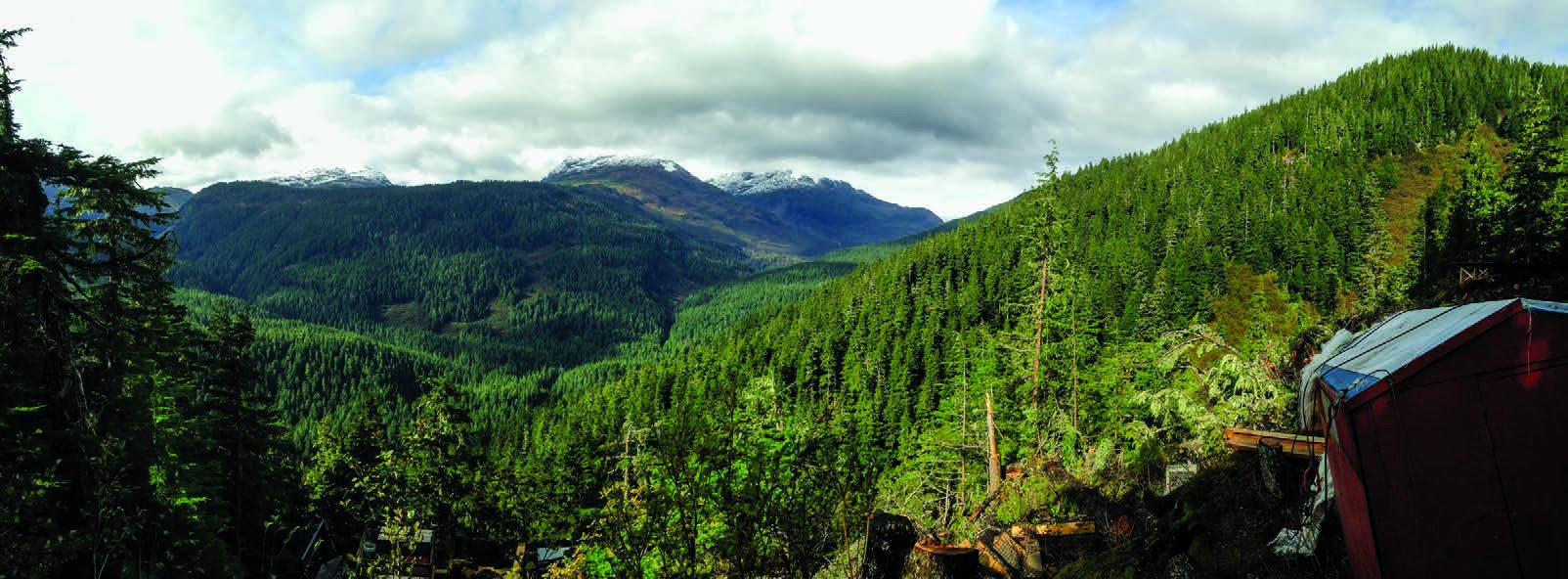
Rosie Moore was the first person from Diamond Fields Resources to look at the core samples from the Voisey’s Bay property. It was 1994 and she was in a garage in St. John’s, Newfoundland. Her expectations were modest. Before she’d left for the east coast, she’d made a bet with her boss about the percentage of massive sulphides. He guessed 25 per cent. She said 40 per cent.
When she pulled the first box of core samples off the rack, “It was so heavy it nearly took me to the floor,” she says. She looked inside to find an ore sample so rich in nickel and copper minerals that it glittered. She immediately called her boss, Russ Russell, and the Voisey’s Bay legacy was born.
It was one of the more exciting moments in a 32-year career full of them – and one step in a staircase that took her from a fossil-crazed kid to the president and CEO of Dolly Varden Silver Corporation. Along the way she hammered rocks, analyzed core samples, worked for a hedge fund, helped raised capital and turned around a company headed for trouble.
Two truisms dominated throughout: “A career is a collection of experiences that mould your thinking and help you move into what you do next.” And, she adds with a chuckle, “The longer a geologist stays in the industry, the closer they get to the head office.”
Moore was one of those people who always knew what she wanted to do. As a kid she remembers being crazy for fossils, collecting them around her Ohio home when she was seven or eight. “Fossils are like candy to a kid,” Moore says. “Finding them was a treasure hunt.” She enrolled in geology at Kent State University and followed that up with a master’s focused on volcanism in Utah.
“I always liked the hard rock side of the industry better,” she says. But in 1982, when she finished her thesis, there were zero jobs in mining. The oil and gas side was still doing well, and she applied for seven jobs and received seven job offers. She took a petroleum geologist position at Texaco and made a few discoveries, but the desk work felt anonymous and repetitive, more like a factory job than what she’d imagined geology would be. “I wanted to be outside knocking rocks,” she says.
She moved on to Touchstone Resources Corp., a company exploring in Nevada’s Ivanhoe gold district. A six-week contract turned into six years. Mining financier Robert Friedland was involved and she learned a lot from him. When that project sold, she moved to Vancouver to be with a boyfriend. She hasn’t left since.
After stints as a contract geologist in Africa and Peru, she joined Diamond Fields, again rubbing shoulders with Friedland. Within a couple years, those first ore samples she nearly dropped in the garage in St. John’s evolved into one of the biggest nickel deposits on Earth, and Inco purchased the property for $4.3 billion. With the sale, Moore was out of work, but that led to another step toward the boardroom with an offer to see the industry from a different angle – as a mining analyst at Yorkton Securities in Vancouver.
The analyst position taught her that the money side – share structure, finances, raising capital – was just as important as what was in the ground when it came to running a successful company. “As geologists, we’re the consumptive part of the industry,” she says. “I learned that, if the money is not raised right, if the shares are not structured properly, if the people don’t know what they’re doing, the money disappears pretty quickly.”
When the industry took a dive after the Bre-X debacle, she was the first analyst to get the boot from Yorkton. However, her newly diversified skill set made her an ideal candidate for VP of corporate relations at Pan American Silver Corp. Under chairman Ross J. Beaty she tied in everything she knew from the geology side with her new knowledge on the financial side.
Over the next few years she worked for a few mining companies and a hedge fund – which was “very honest work, not at all how the media portrays it,” she says – and then consulted for several years, including with Hecla Mining Company, a major shareholder of Dolly Varden Silver Corporation. Again, having the right experience and being at the right place at the right time presented Moore with a new challenge. Dolly was a broken company with a challenging share structure and crippling flow-through share obligations. At a budget meeting, a couple of executives got into a fistfight. Hecla asked Moore to step in as interim CEO and president of Dolly.
She created a share restructuring plan and secured loans from investors to deal with the flow-through obligations, but before it could be finalized Dolly was subject to an unwanted takeover bid. The drama went to hearings and Dolly won. Moore executed the restructuring in the spring of 2016, and by the end of the summer Dolly had money to pay for exploration work.

“The company has been through a lot,” Moore says. “The chief reason I joined and stayed is because the asset is so stellar.”
The Dolly Varden property is inland from Alice Arm in northwestern B.C., within the Golden Triangle that includes the Eskay Creek and Valley of the Kings deposits. Historic mining activity left an estimated 32 million ounces of silver in the ground. But it’s the unexplored portion of the property that really interests Moore.
“The mineralization and deposition style is similar to Eskay Creek and Valley of the Kings, but it’s silver, not gold, and there are epithermal veins cross- cutting it all,” she says. “It’s rich and there’s lots of it. We’re going to see if we can duplicate those other deposits on our property.”
She’s excited by the work ahead and happy with where she is. Her home is Vancouver, a city she loves for its brain power, its status as the centre of the mining world and its proximity to the mountains, where she escapes with her dog whenever she can. And she works in a magical industry.
“We really can perform alchemy,” she says. “Sprinkle intellectual capital, financial capital and luck on a moose pasture, and we really can yield a multibillion-dollar deposit.
